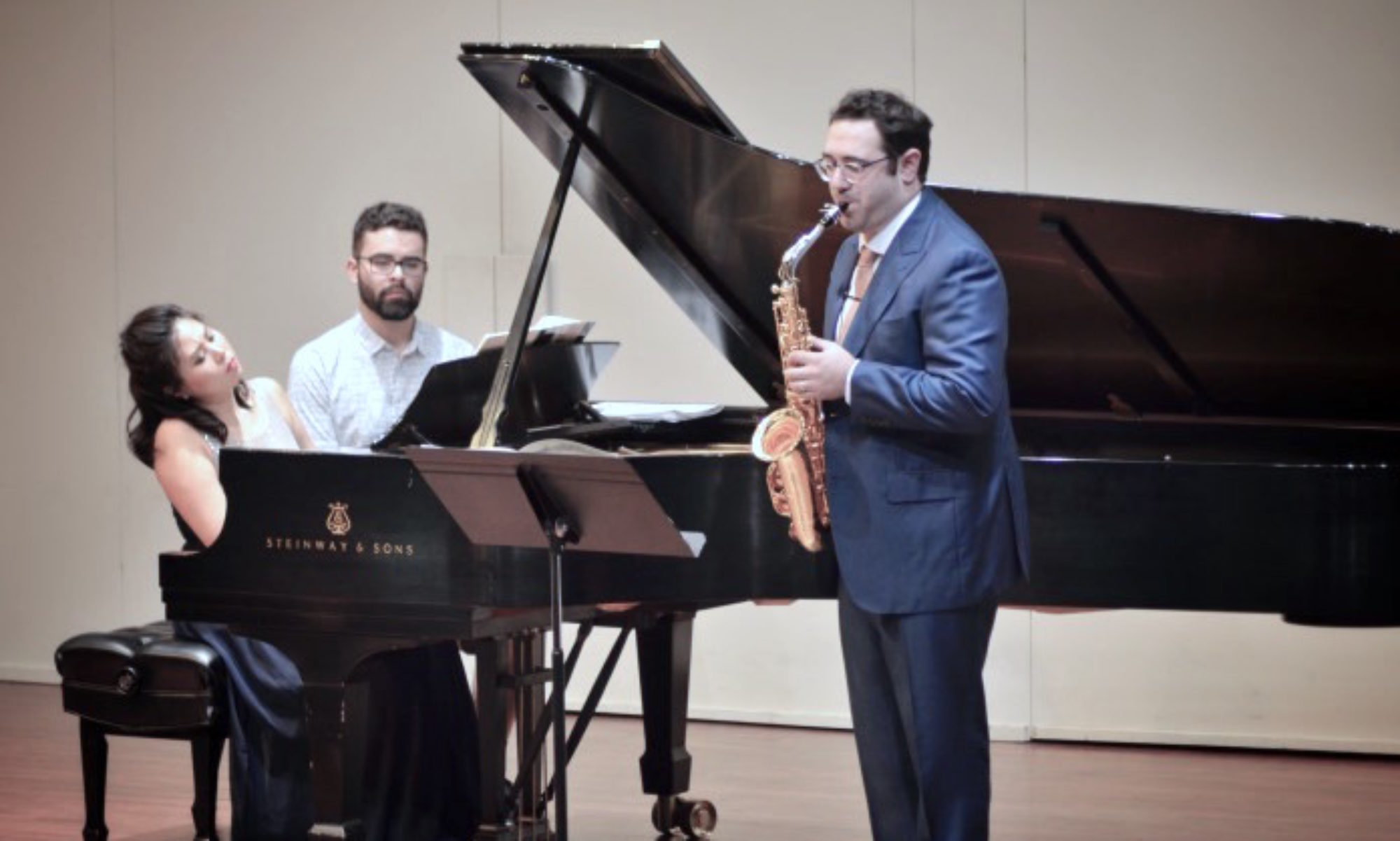Disclaimer: I am a Conn-Selmer Artist, I was fortunate to be given both of these alto mouthpieces to try when I visited Conn-Selmer in Elkhart, IN to pick out 5 Artist Select saxophones for my students. The moment I played them I knew they were special mouthpieces that needed more time and attention. I was told when I inquired about returning them that it was okay to keep them since they were samples, but when I was given them and was allowed to keep them, I had no intention of writing a review of them.
Before I get directly into the review, I’d noticed over the past few years that I would run into people at gigs or heard them play and inquired about their mouthpieces, far more often than I had before, people kept saying Yanagisawa. To be honest, I knew they made mouthpieces, because when looking for a sopranino mouthpiece, they seemed to be one of only 3 brands available, but they never really came up on my list for mouthpieces to try. Those were the standard Yanagisawa mouthpieces, not the new Classical line, and I often found them in quartets playing multiple styles in one performance or at pops concerts, but everyone that played them said something like, “Something happened to my other mouthpiece and this was around; it ended up working really well, so I just kept playing it.” While qualities that really push a mouthpiece to excel in certain styles are important, I was always amazing at how versatile and flexible in color the standard Yanagisawa mouthpieces were.
I found these mouthpieces to be incredibly responsive (even more so than the AP3) throughout the range and also colorful. When I played these mouthpieces it felt like I was playing the best pre-redesign S80 C* that I had ever encountered. The sound they produce gave me a nostalgic feeling for when I teach and hear saxophonists in Japan, perhaps a brilliance and compactness to the sound. There is immediacy to everything with this mouthpiece, the compact focused sound, lighter and a bit brighter than newer Selmer’s, there is the sensation that the mouthpiece is ready and plays, almost before I start my air.
In terms of tip openings, this is where I had trouble; my preference was for the 150, but my D’Addario Reserve 3.0+ were too soft (sound and performance), and my 3.5s were almost all too hard with a sort of permanent fuzz/airiness to the sound, even though they felt pretty good (Including with the Yanagisawa ligature which tends to allow me to use harder reeds than my Ishimori.) I tried various other reeds find a match, perhaps Vandoren Traditional and V12 mated slightly better to the facing curve, but the problem persisted. This led me to the 140, which mated to 3.5s quite well, even though I needed to select the harder 3.5s (It even takes 4s, but I don’t tend to keep many of these around.) It lacked some size and volume compared to the 150, but since it matched the reeds better, that is what I played on. The responsiveness was seductive, but when I wanted louder dynamics the 140 seemed to hit a limit for before I was ready; I tried to work with it but felt a bit limited. I finally committed to play the 150 and make reeds that would work, this allowed greater dynamic range and a bigger sound. Ultimately, reeds became the downfall of these mouthpieces for me; I felt that if they were a bit more open, perhaps 145 and 155, I could match them to reeds better.
If it sounds like I am not recommending these mouthpieces, you’d actually be wrong, I kept the 150 in my case as a mouthpiece that I could switch to if needed even when traveling to performances, or on days where the weather changes and all of my 3.0+’s are too hard for my normal mouthpiece. I also know many (it seems most) people prefer harder reeds than I do for any given mouthpiece or tip opening. These were MORE responsive than the AP3, and it seemed like if I could’ve found a comfortable reed, I would’ve liked them even more. The pitch was not as locked in or centered as my S90 170 or the Lyric, but some of this could be to the slightly mismatched reeds.
It is really quite thrilling that there are multiple great new mouthpieces, and from different brands on the market. Most people play one of the same 4 or 5 mouthpieces from one of two brands, a few coming in only one tip opening. Different mouthpieces from other brands that play well means even more colors and individualized sounds. This isn’t to say that on the same mouthpieces we don’t hear individual sounds, but I think more mouthpieces means greater variation and nuance in those differences. When a mouthpiece plays well, as these do, I think they should be in consideration, especially for those looking for something that is different. It has all of the sound and performance qualities that I look for in a mouthpiece, even if I had a bit of trouble matching reeds and locking in pitch, this isn’t uncommon for me when I feel a reed strength isn’t really lining up. I’m glad I have these Yany mouthpieces so students can try them out, whether you decide you like them or not, I wouldn’t pass up giving them a try if that is a sound you desire.
